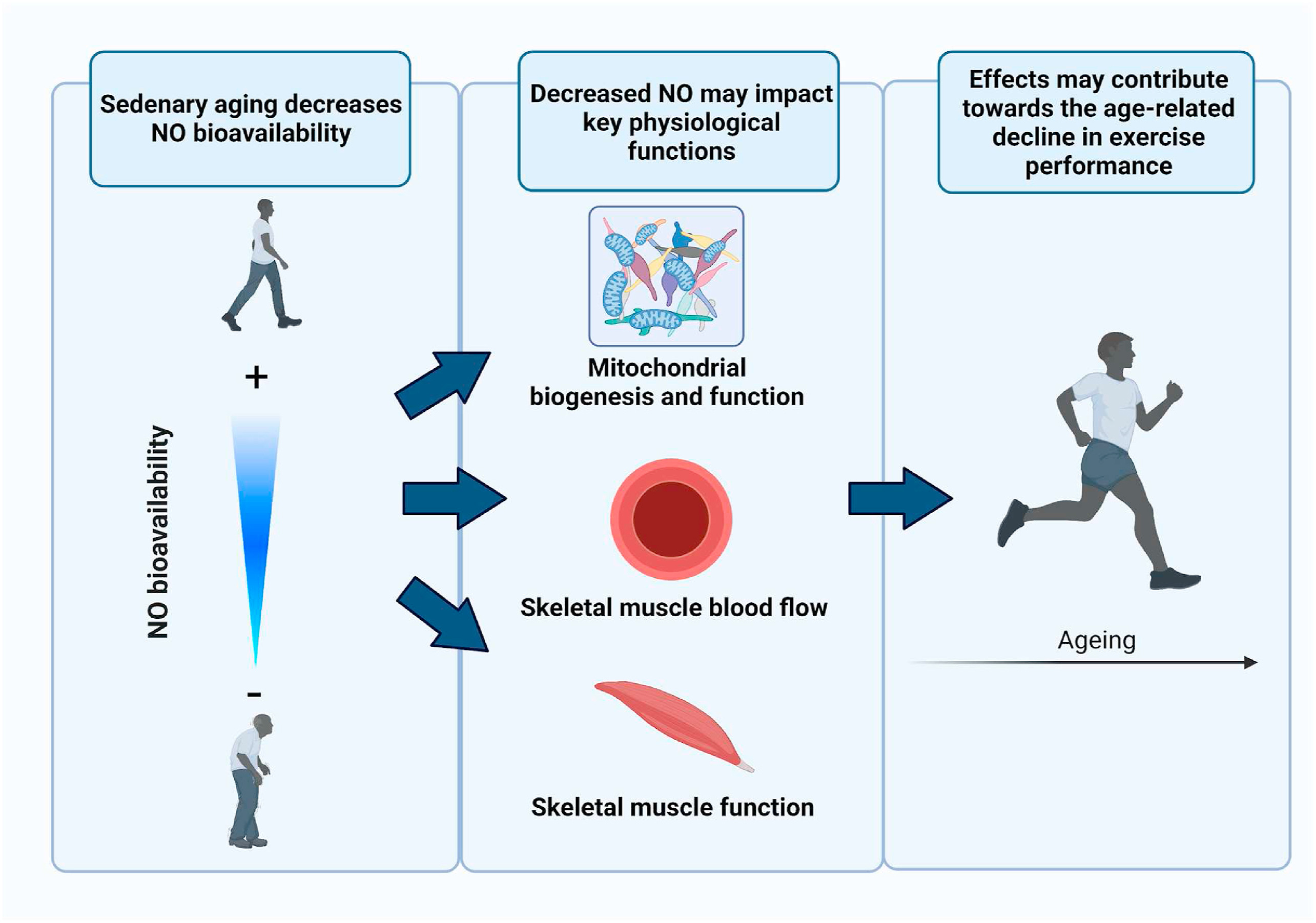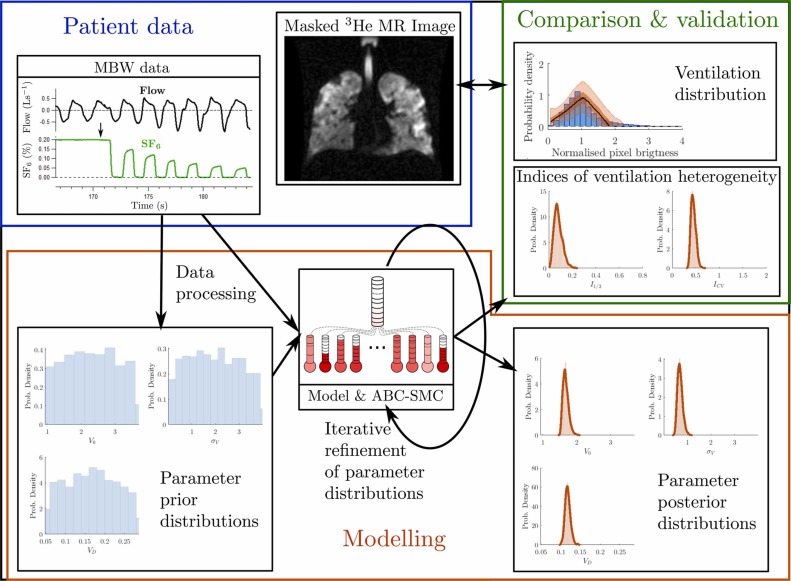Elsevier,
Nitric Oxide - Biology and Chemistry, Volume 125-126, 1 August 2022
Worldwide, individuals are living longer. This population aging is associated with an anticipated increase in the burden of the leading causes of death in modern societies — chronic, degenerative diseases such as cardiovascular, kidney and Alzheimer's disease — which is largely driven by age-related declines in physiological function. Engaging in healthy lifestyle practices that preserve physiological function with age has important implications for reducing the risk of morbidity and mortality and preserving healthspan — the period of an individual's life when one is generally healthy and devoid of serious chronic disorders. In this regard, regular exercise and physical activity are considered key “first line” strategies for healthy aging.
Elsevier,
Measurement: Food,
Volume 7,
2022,
100050
A literature quantitative research analysis carried out via Scopus, researching publications on food dyes and their related health relationship. Consumers are becoming increasingly interested in the link between additives such as food dyes and overall food quality.
Elsevier,
Translational Oncology, Volume 22, August 2022
This study identifies the psychological impact of the Covid-19 pandemic on cancer patients undergoing radiation therapy which shows the presence of a clinically significant anxiety in almost all of the sample analyzed, and which makes it necessary to treat patients in a multidisciplinary perspective that includes psychological support in the care plan.
Elsevier,
Building and Environment, Volume 223, September 2022, 109463
This new façade reduces the carbon footprint by over 34%; thermal conductivity by over 64% and reduces he related cooling energy by over 14%. The new façade can recover the additional cost investment after 3.5 years due to the energy savings.
Elsevier,
Respiratory Physiology and Neurobiology, Volume 302, August 2022
Background: Indices of ventilation heterogeneity (VH) from multiple breath washout (MBW) have been shown to correlate well with VH indices derived from hyperpolarised gas ventilation MRI. Here we report the prediction of ventilation distributions from MBW data using a mathematical model, and the comparison of these predictions with imaging data. Methods: We developed computer simulations of the ventilation distribution in the lungs to model MBW measurement with 3 parameters: σV, determining the extent of VH; V0, the lung volume; and VD, the dead-space volume. These were inferred for each individual from supine MBW data recorded from 25 patients with cystic fibrosis (CF) using approximate Bayesian computation. The fitted models were used to predict the distribution of gas imaged by 3He ventilation MRI measurements collected from the same visit. Results: The MRI indices measured (I1/3, the fraction of pixels below one-third of the mean intensity and ICV, the coefficient of variation of pixel intensity) correlated strongly with those predicted by the MBW model fits (r=0.93,0.88 respectively). There was also good agreement between predicted and measured MRI indices (mean bias ± limits of agreement: I1/3:−0.003±0.118 and ICV:−0.004±0.298). Fitted model parameters were robust to truncation of MBW data. Conclusion: We have shown that the ventilation distribution in the lung can be inferred from an MBW signal, and verified this using ventilation MRI. The Bayesian method employed extracts this information with fewer breath cycles than required for LCI, reducing acquisition time required, and gives uncertainty bounds, which are important for clinical decision making.



